The rugged Arava was the first fully IAI-designed airplane to enter production. Originally conceived in 1966 and aimed at civilian and commercial customers, the aircraft was a high-wing, STOL, light transport, powered by two turbo-prop engines, equipped with a tricycle landing gear. The compact design included twin tail booms, each ending in a vertical stabilizer and rudder. The prototype, the IAI 101, was first flown on November 27, 1969, adopting the name of Arava in honor of a valley located on a desert region near the Dead Sea.
Flight testing continued up to November 19, 1970, when the prototype disintegrated in mid-air during a wing-flutter trial. On that occasion, a weakened wing-strut broke, tearing the wing off. Once the structural problems had been addressed, production of both civilian (101 and 102 series) and military (201 series) versions began. However, most of the 100 units produced between 1972 and 1988 ended up with military customers.
With the Arava, Israel Air Industries planned to give the Israel Defense Force / Air Force a reliable option for replacing the venerable Douglas C-47. However, that didn’t happen until the late seventies, although three borrowed Aravas deployed during the 1973 conflict against the Arabs, for transport and utility duties. The Arava proved to be a rugged and damage-absorbing platform, most of the time operating out of unprepared airstrips.
While covering the full story behind the IAI 201 is beyond the scope of this article, let us say that the airplane evolved to be a multi-mission type, including close air support, maritime surveillance and electronic counter measures. In its final form, the IAI 202, a number of improvements were incorporated including a lengthened fuselage, integral fuel wing-tanks and winglets for additional stability. Such modifications were also made available for the 201 version as kits that could be installed in the field. Also, an impressive array of weapons was made available. These could be carried by both the 201 and the 202, and included two cheek-mounted 12.7mm machine guns, a third mounted on a swiveling base at the aft side door, and a pair of 82mm rocket launchers beneath the fuselage.
Latin American air arms found in the Arava a more than suitable mount considering its ruggedness and versatility. Countries like Guatemala, Honduras, México, El Salvador, Colombia, Venezuela and Bolivia took full advantage of the airplane’s incredible characteristics and its unlimited multi-mission capabilities. As expected Ecuador was no exception…
Solving the Ecuadorian Army’s Predicaments
By the late 60s, the operational conditions of the Ecuadorian Army’s forward posts in the Amazonas region were indescribable to say the least. There weren’t any roads towards the river ports at Coca and La Punta from where the forward posts along the Napo and Putumayo rivers were supplied, usually by canoe. A simple logistical procedure could become a real nightmare in practically no time. Something similar occurred with the forward posts at Curaray, Montalvo, Taisha and Santiago, which were air-supplied by private airlines like Transportes Aéreos Orientales -TAO- under governmental contracts since the Ecuadorian Air Force didn’t have any transport types on hand. However, when the oil exploration in the region demanded more cargo flights from these airlines, the government contract was simply put aside, since it was more profitable to fly for the oil companies than for the Army. Long delays in the government payments sealed the contract’s fate.
At this point, the Servicio Aéreo Del Ejército -SAE- (Army Air Service) had only a pair of Cessna 185Ds, delivered in 1965, which barely supplied the posts around the Shell-Mera Army base. These light planes also responded to any emergencies that the troops may have had in the region and served as liaison planes between the bases. It is not necessary to say that their schedule was always full. Such situations made it evident that the Army needed to be able to supply its own bases effectively without depending on anyone else. However, it was until 1971 that action was taken to correct the problem with the acquisition of three additional Cessnas, a Shorts Skyvan 3M-400 (Serialed T-100, civil registration HC-AXH) and two Pilatus PC-6 Turbo Porter.
The Turbo Porter’s STOL capabilities allowed the Army pilots to add more military detachments to their supply routes, including those that had been forgotten for a long time. These “Machacas” (Army pilots called the PC-6 this, because of its similarities to an indigenous insect) finally gave the Army the capability to supply all its post and bases, from the Putumayo river to the northern border with Colombia and down to Zumba in the southern border with Perú. However, by 1975, Army’s requirements dictated another change: There was a need for an aircraft capable of providing limited close air support (CAS) for the ground units; and such aircraft should also have the capability of carrying supplies. It was then that the Army leadership began to consider purchasing a few examples of the IAI-201. In the end, five Aravas were acquired fresh from the factory before the end of the year; these were:
| SAE Serial | MSN | Previous ID |
|---|---|---|
| T-201 | 0011 | 4X-IAJ |
| T-202 | 0012 | 4X-IAK |
| T-203 | 0015 | 4X-IAN |
| T-204 | 0019 | 4X-IAR |
| T-205 | 0023 | 4X-IAV |
The aircraft were delivered in a high-visibility color scheme of orange and white, intended to facilitate finding the planes in the event of an accident in the jungle. In all cases, the airplanes could be equipped with cheek-mounted machine guns and rocket launchers, thus complementing the Army’s helicopters. Upon their arrival, the Aravas were assigned to the Grupo Aéreo Del Ejército No. 44 (44th Army Air Group) also know as Pastaza and were based at the Amazonas Military Fort. There, besides performing their usual military role, the Aravas began to transport passengers to and from the border towns in the Amazonas region, sometimes acting as ambulances and other times involved in Social Projection campaigns such as vaccination programs, and evacuations during natural disasters.
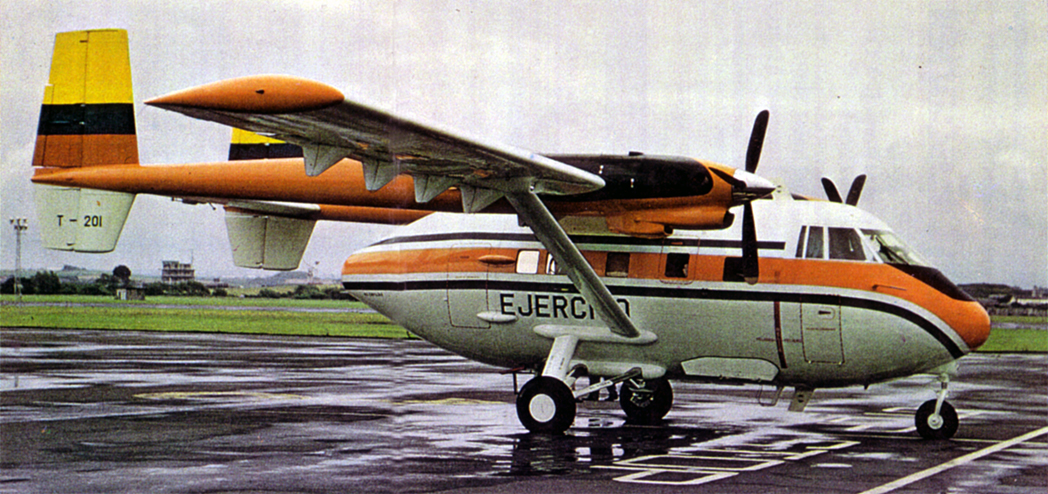
After four years of faithful service, the first Arava accident occurred. On November 19, 1979, the airplane serialed T-201, piloted by Col. Luis Hernán Apolo, crashed right after taking off from the Camilo Ponce Enrique Airport at La Toma, in Loja Province, killing sixteen occupants including the then Minister of Defense, Gen. Rafael Rodríguez Palacios. It seemed that both engines quit while the plane was climbing to cruise altitude, the Arava crashed and was completely destroyed in a field near Tingo, barely a minute after taking off. One of the contributing causes for this accident could have been contaminated fuel. On that day, the fuel tanks at La Toma airport were empty and it was necessary to bring fuel from neighboring Zamora where rainfall is considerable. That fact brought the possibility of some water leaking into the fuel reservoir from which T-201 was refilled.
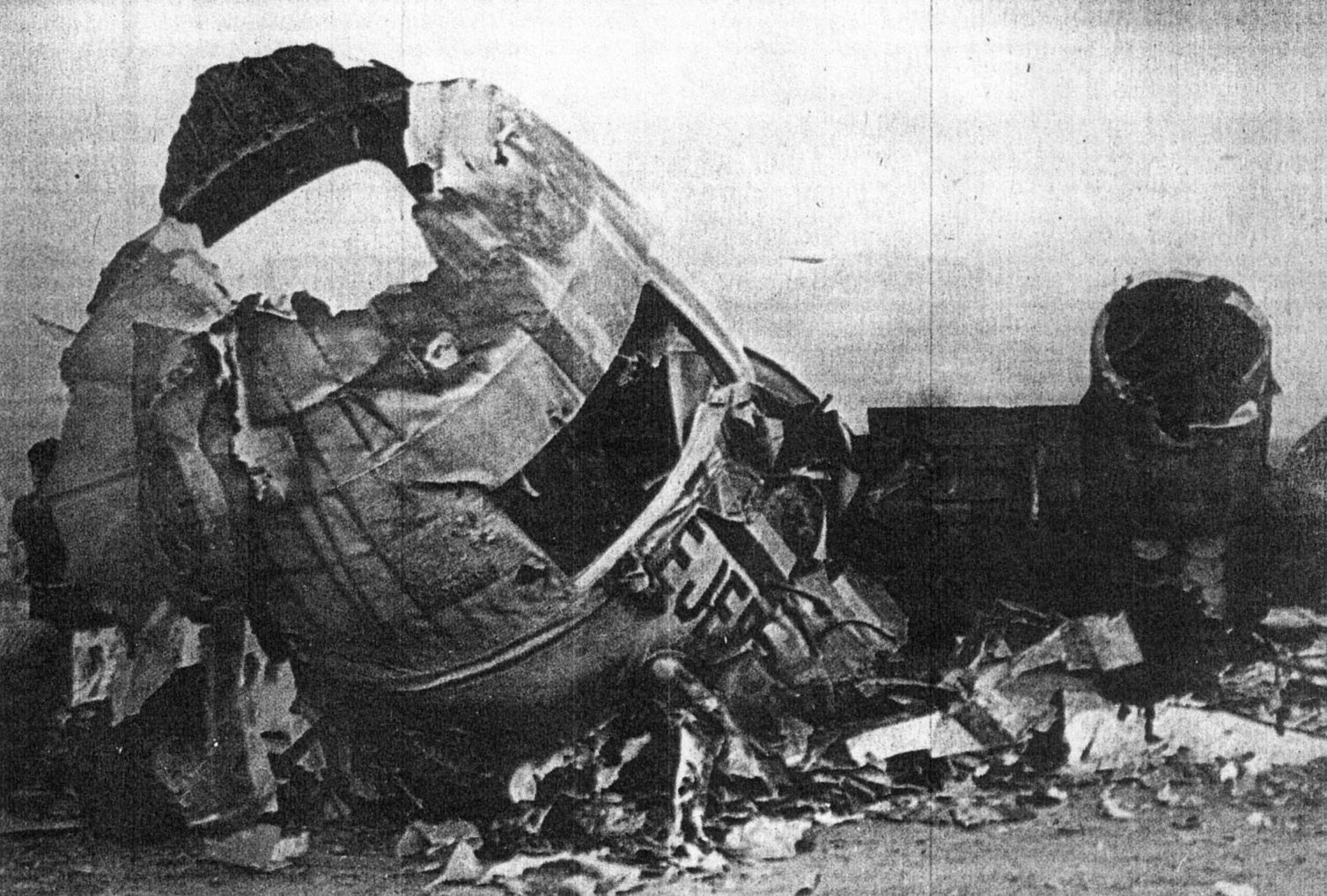
A second Arava was lost on March 25, 1991, during a resupplying flight to Santiago from the Shell-Mera Army base. On that day, the Arava T-205 crashed in the jungle at the Transcututcú mountain range, near Macas, province of Pastaza. Both pilots, Capt. Wilson Román and 2nd Lt. Leonardo Flores, were killed during the accident. The mechanic, Corporal Luis Oña, walked away with injures.
After the second loss, the Army commanders decided to purchase two additional planes, using the insurance money received for the loss of the crashed Aravas. Thus, before the end of the year AEE T-206 (c/n 090, ex 4X-CUG) and AEE T-207 (c/n 091, ex 4X-CUH) were incorporated into the flight line, both being IAI 201s. (AEE stands for Aviación Del Ejército de Ecuador or Ecuadorian Army Aviation.) Of these two, AEE T-206 was lost on March 15, 2016, at Pastaza, during a parachuting mission. The crew of three and 19 paratroopers were killed.
Army Aravas at War
The border disputes between Ecuador and Peru over the Alto Cenepa region, which have escalated into armed conflicts twice, have their roots at a demarcation established by the Rio Pact, and confirmed by the Días Anguiar verdict of 1945; however, a revision made in 1947 changed the situation dramatically. In a few words, the first demarcation established that the border between both countries was between the Santiago and Zamora rivers, while the 1947 revision allowed for the existence of two more rivers, the Cenepa and the Coangos, further complicating the matter. As expected the first demarcation favors Peru while the second does the same for Ecuador. Both countries have gone over and over the subject, but in 1994 things got very ugly.
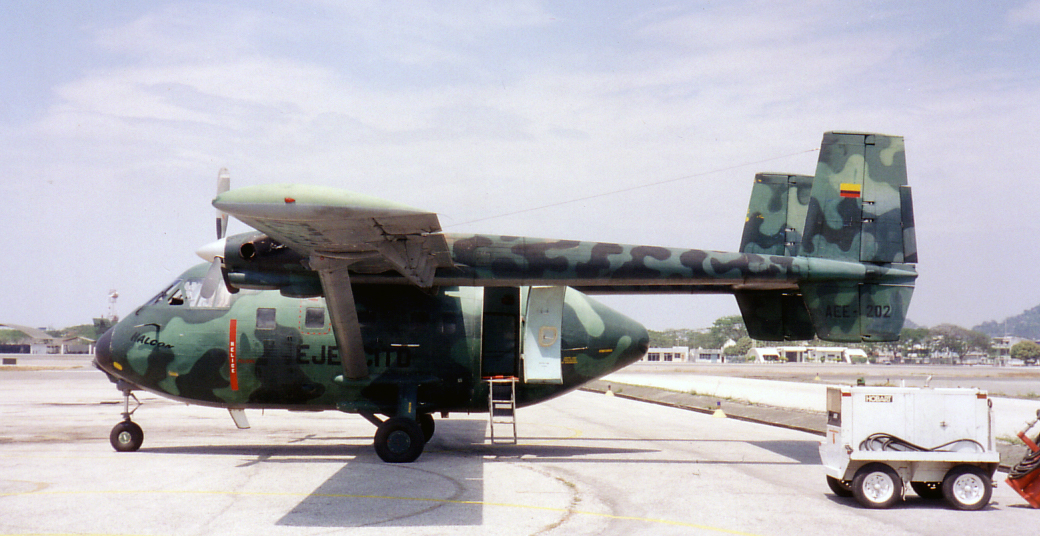
On December 12th of that year, the commander of the Gualaquiza Jungle Battalion at Base Sur (Ecuadorian Army) was visited by the Callao Jungle Battalion commander of the Peruvian Army; such visits were usual, since both military units often coordinated their movements along the border in order to avoid misunderstandings. In any case, during the morning both commanders flew in a helicopter over the Cueva de los Tayos sector to check their forward posts. During the conversation that took place along the flight the Peruvian commander suddenly asked his Ecuadorian counterpart to retire all his forward posts in the Cenepa region because Peruvian troops were moving in during the weekend. As expected the solicitation was rejected by the Ecuadorian commander, thus marking the beginning of the Alto Cenepa Conflict.
While most of the fighting occurred in eastern Ecuador, the Army leadership always considered the possibility of the border clashes escalating into a full-war situation, taking into account the advantage that the Peruvians had regarding military equipment and Army size. However the Peruvians’ intentions were clear: Occupy a large tract of territory first and then force negotiations.
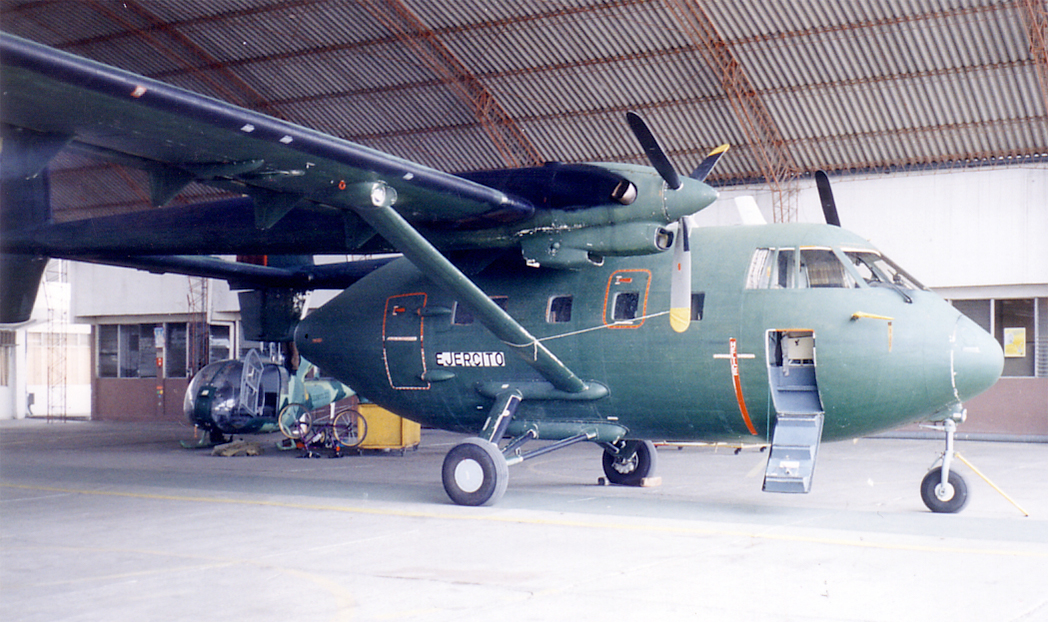
Without any doubt, the first Peruvian movements were made in the belief that the Ecuadorian response would be mild or even non-existent. Knowing this, the Ecuadorian Army leadership set in motion their pre-developed plans to cope with the invasion, with the 15-BAE elements deploying to their predefined positions throughout the theater of operations, including Army aircrews and aircraft. The Aravas were committed to a period of intense activity, carrying personnel, ammunition and supplies to wherever they were needed. They also transported civilians being evacuated from the conflict-zone. While this was happening, the Arava’s high-visibility colors gave way to an overall dark green scheme made of water-based paint. Also, nicknames were painted on each plane in order to identify them. The names were:
- T-202 “Halcón” (Falcon)
- T-203 “Godzilla”
- T-204 “Barrabás”
- T-206 “Lucifer”
- T-207 (No Nickname known)
The Dark Green scheme and the nicknames were used until 1998, when the Aravas once again gained their high-vis orange, white and black scheme.
An interesting anecdote worth mentioning is that of the Arava serialed T-202. Rumor has it that the crews were afraid of the plane since its controls, navigation systems and engines behaved erratically at the worst possible moment and with no apparent cause. It was very usual that the plane ended-up overrunning the runway or had other curious incidents during its missions. In a word, the plane became a wild stallion, and the superstitious crews refused to fly it. According to them, the plane’s unpredictable manners had begun when the name “Lucifer” was painted on its fuselage. As expected, once the evil name was removed from the plane by the ground crew, it became docile again. Whether it was true or false, the fact is that the plane never overran a runway again nor had any serious problems with its systems from that day onwards.
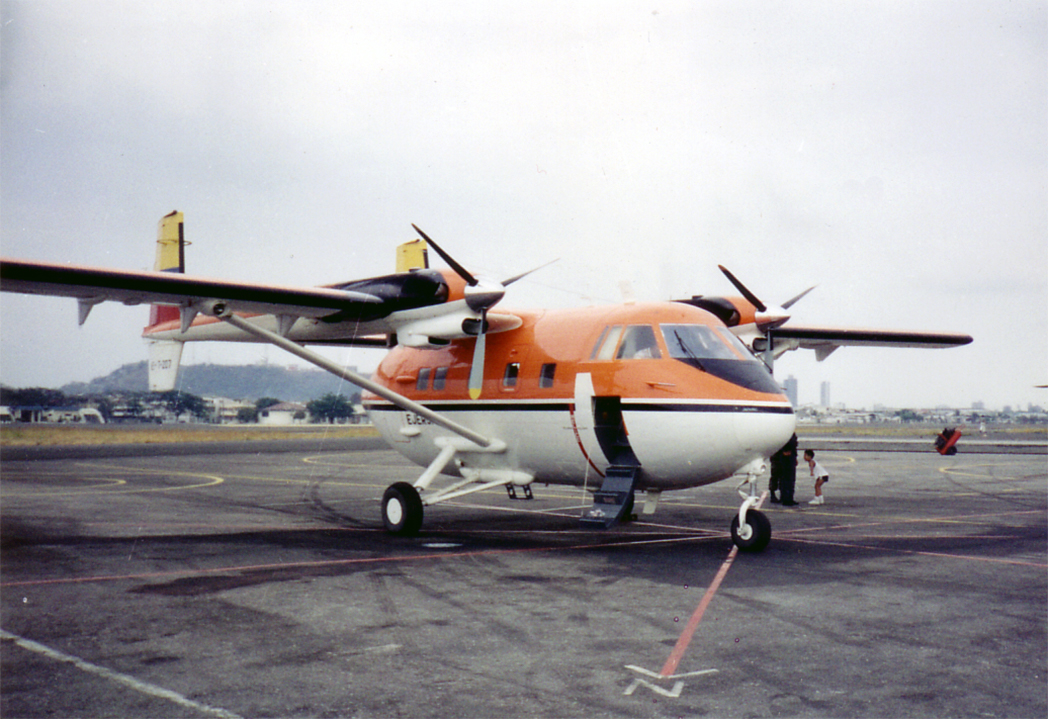
The Army’s faithful Aravas were relieved by factory-fresh CASA 212 Aviocar transports acquired by the Ecuadorian Army in 2005.
The Aravas of the Ecuadorian Navy
The Ecuadorian Navy was the sole operator of the Arava in naval duties in the world. In August 1975, the institution acquired its first example, this being C/N 0020, ex 4X-IAS, serialed ANE-402 (ANE stands for Aviación Naval Ecuatoriana – Ecuadorian Naval Aviation) and later re-serialed as ANE-202. A second Arava was purchased in May, 1977, this being C/N 0044, ex 4X-IBQ, serialed ANE-234. The Aravas had a very short operational life with the Ecuadorian Navy, both of them being destroyed in accidents.
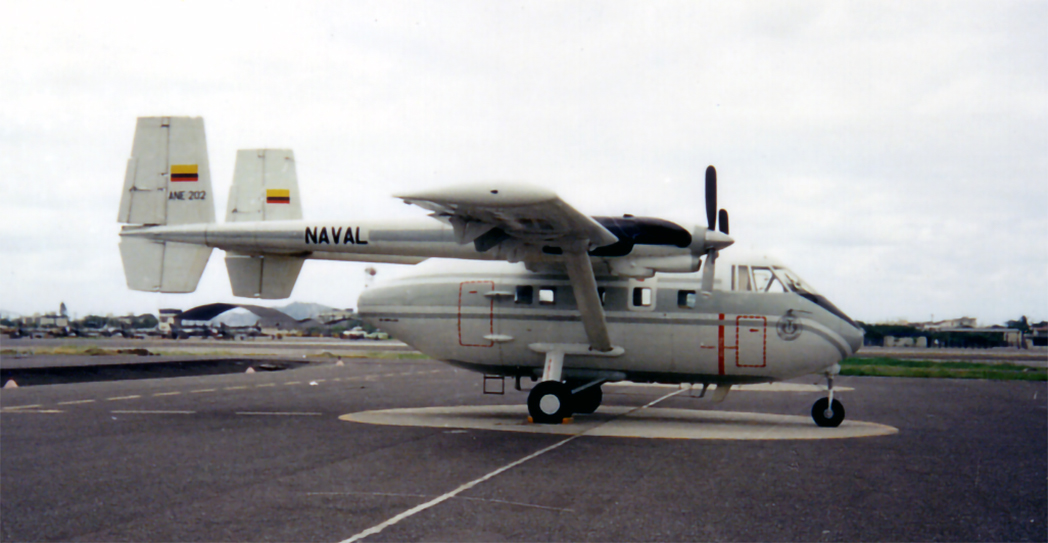
ANE-234 was lost on 28 April, 1979, while searching for a SAETA airliner that had crashed in the eastern region of the country. The Arava was flying low when a wind current forced it down, crashing against the tree-tops. Of the seven occupants only two died, these being the only ones who were strapped in with their safety belts. The pilot of this Arava, Lt. Iván Valencia Arroba, had survived a previous accident while flying on a Cessna 337 that ditched in the Guayaquil Gulf. Less than seven months after ANE-202’s crash, Lt. Valencia would die while flying as second in command of Army Arava T-201, which went down immediately after taking off from La Toma airport (see above). For its part, ANE-202 was lost on 8 June 1988, during the UNITAS exercise, near the San Mateo village in Manabí, killing all the occupants.
The Ecuadorian Navy Aravas were replaced by a pair of CASA CN-235M transports, the first being acquired in 1994 and the other in 2005. However, the much-anticipated purchase of at least two CASA 212s never materialized.
References
- The Encyclopedia Of World Air Power, Created by Stan Morse, Aéreo Space Publishing Ltd.
- Latin America Military Aviation, By John M. Andrade.
- Revista Vistazo Nov. 23, 1979 No. 294, Editores Nacionales S.A.
- Aviación del Ejército Ecuatoriano, 2002.
- Diario El Universo, various editions.

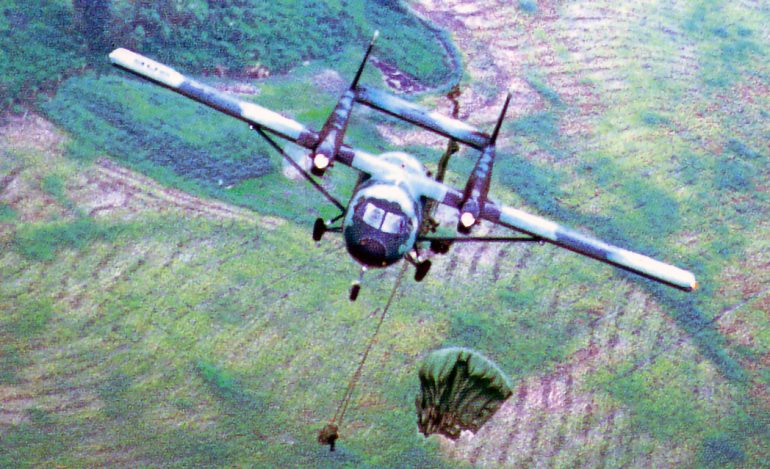


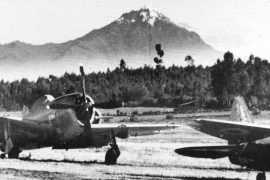
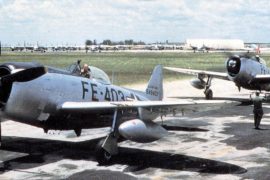
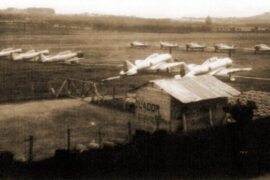
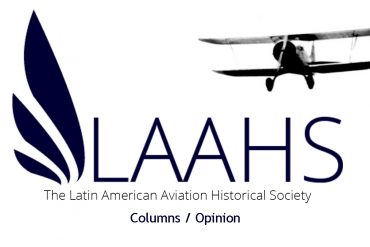
An interesting article!
I think you have got the wrong identities for the first three aircraft. They were:
T-201 0011 ex 4X-IAJ
T-202 0012 ex 4X-IAK
T-203 0015 ex 4X-IAN (E-203 has been physically checked as c/n 0015)
c/n 0010 ex 4X-IAH was an aircraft delivered to Mexico
Also, the previous identity of ANE-234 0044 was 4X-IBQ. 4X-IBR was c/n 0045 (to Guatemala)
Also, you have reversed the two Navy accidents I think.
ANE-202 was the one lost on 8Jun88:
https://www.eluniverso.com/noticias/2013/06/09/nota/1005921/historia-nacional
Thank you, Andy! This a very old article and it surely needed an update, which we did with the information you kindly provided. Do you have anything on the AEE T-206 and AEE T-207 aircraft?
T-206 c/n 090, ex 4X-CUG – it was lost on 15 March 2016
T-207 c/n 091, ex 4X-CUH
Both have been physically inspected. For some reason the later aircraft only have three digits in their c/ns
Can two loss dates be confirmed please?:
T-205 – the article has 26 Mar 91, I (and Scramble database) have 23 Mar 91, World Air Forces Directory has 25 Mar 91! I can’t find anything to prove which is correct.
ANE-234 28 Apr 79 – but 29 Apr 79 also quoted. This article is from the Mexican paper El Siglo de Torreon dated 30 Apr 79:
http://h.elsiglodetorreon.com.mx/Default/Scripting/ArticleWin.asp?From=Archive&Source=Page&Skin=ElSiglo&BaseHref=EDT/1979/04/30&PageLabelPrint=13&EntityId=Ar01302&ViewMode=HTML
I think it means that 28 Apr 79 is correct?
Thanks again, Andy! The date of the crash of T-205 has been confirmed as 25 March 1991 by Ecuadorian aero-historian Nicolás Larenas:
https://www.nlarenas.com/2018/09/seguridad-y-accidentes-aereos-en-ecuador/
We just corrected the article to reflect this date!
Regarding the accident of ANE-234, it occurred on 28 April 1979, as it can be inferred from the El Siglo newspaper. However, Larenas doesn’t give the correct serial in his listing.
OK, thanks. I am still not totally convinced about the date of the loss of T-205, as the Larenas link just brings you back to an ASN listing
https://aviation-safety.net/database/record.php?id=19910325-3
which itself will have been gleaned from other sources.
We’ll contact Nic just to see if he can add something else or at least point us in the right direction.
Thanks again, Andy!